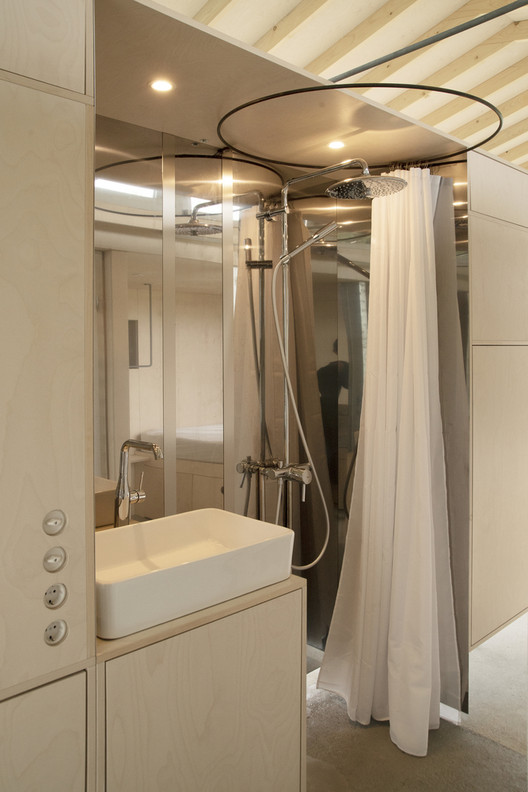
Despite being the smallest rooms of houses, bathrooms have always been one of the most challenging and critical to design, which often left them fairly simplified. The past few years, however, saw these spaces undergo significant change; what was once only limited to functionality, ease of maintenance, and privacy, is now being given a strong character with pops of color, classic fixtures, and patterned surfaces. Similarly for public bathrooms, where "functionality" and "ease of maintenance" are now complimented with aesthetics, technology, and high quality finishing. In this interior focus, we explore the three main bathroom typologies used in residential projects, and look at how architects have employed them through 12 examples.
Depending on the country, bathrooms, toilets, restrooms, and lavatories are considered different types of spaces. In Great Britain, Australia, Hong Kong, Singapore, and New Zealand, a bathroom refers to a room that contains a bath or shower. In America, a bathroom is a room that contains a toilet alongside the shower and sink. In this article, the term "bathroom" will be used to refer to a room that contains a sink, a toilet seat, and a shower/bath tub, unless stated otherwise.

























